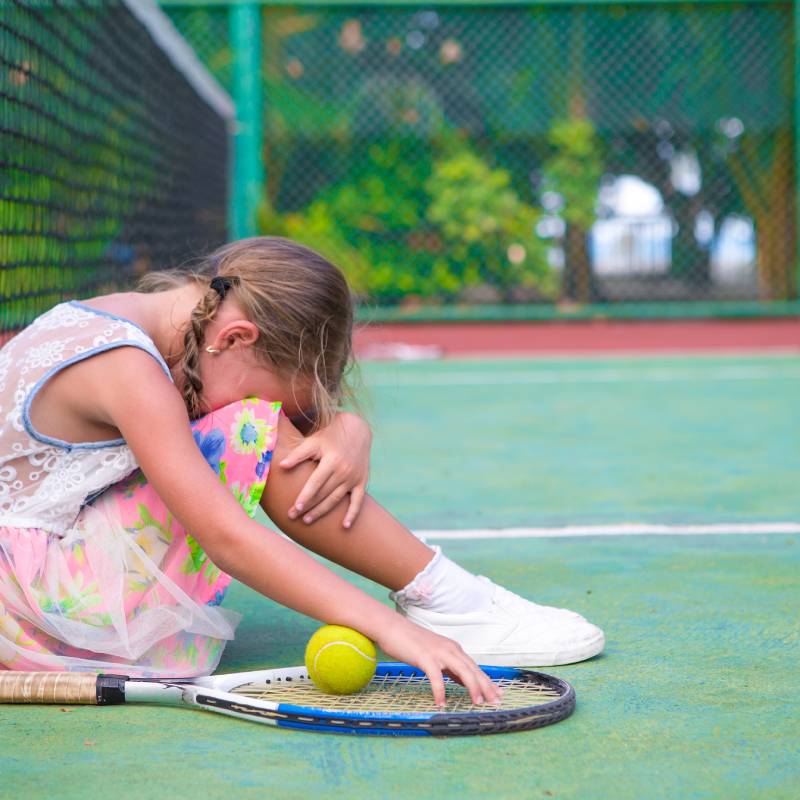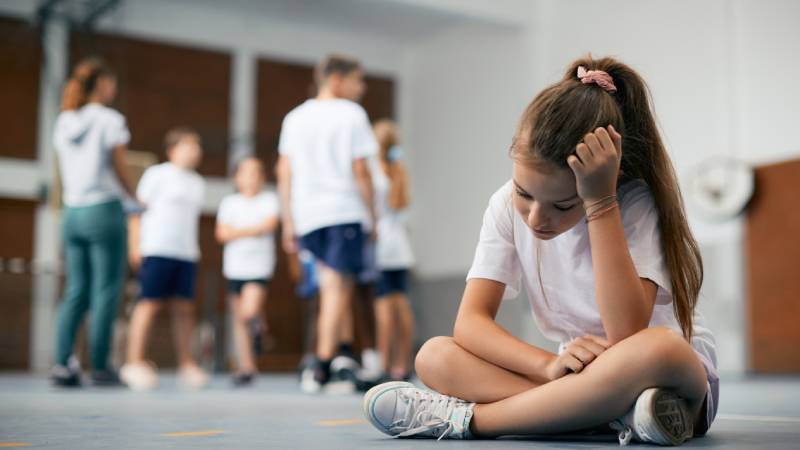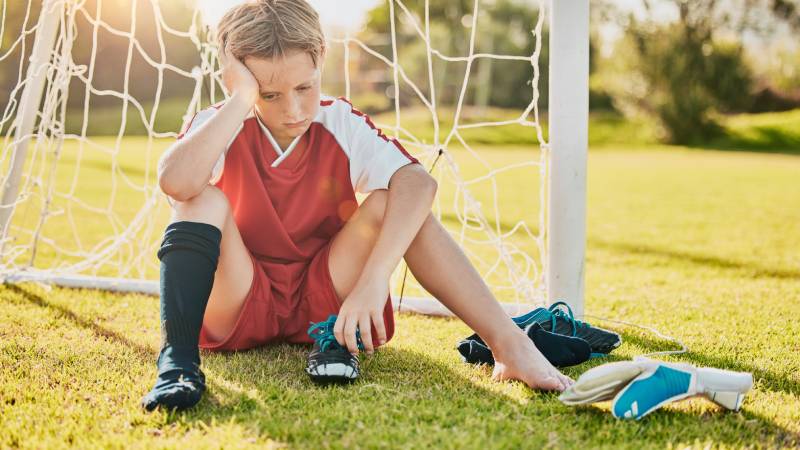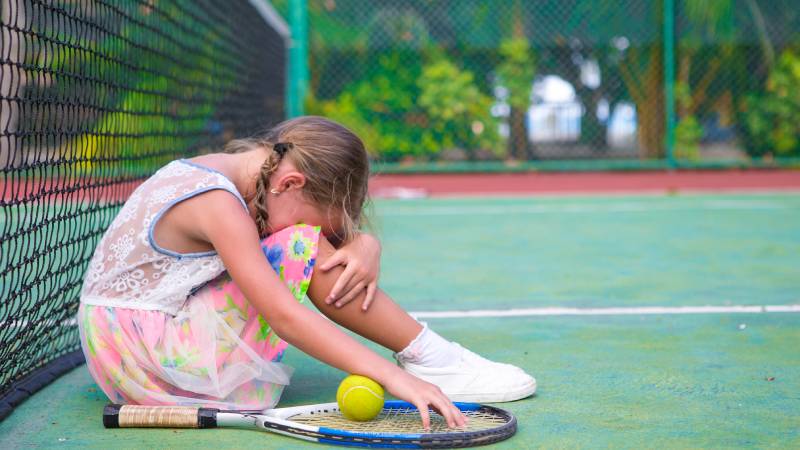Understanding bullying in sport

In the world of sport, where competition and performance often take center stage, a less visible but equally devastating adversary can intrude: bullying. This article sets out to deconstruct the phenomenon of bullying in sport, exploring definitions, underlying reasons and consequences.
Bullying in sport is a complex, multifaceted subject that has a profound impact on athletes at all levels of competition. From the training of young athletes to professional arenas, bullying can corrode team spirit, hinder performance and have lasting consequences on mental and physical health. This article explores the phenomenon in all its forms, detailing its causes and consequences.
Definition of Intimidation
Bullying in sport occurs when aggressive or demeaning behavior is repeatedly directed at an individual or group, creating a hostile environment. This power dynamic can take many forms, from verbal insults and social exclusion to physical violence and cyberbullying.
Forms of Intimidation
Bullying in sport, a scourge with many faces, can seriously compromise the integrity and benevolence inherent in the practice of sport [1]. Bullying in sport takes many forms, each with its own specific impact on victims and the sporting environment. In examining these different forms of bullying, it is crucial to identify concrete examples to better understand how they manifest themselves in the sporting world and the strategies for dealing with them.
Verbal bullying
Verbal bullying includes any comment intended to hurt, humiliate or exert power over another person. In the sporting context, this can take the form of constant criticism of an athlete’s performance, insults about their physical appearance or mockery of their skills [2]. A concrete example would be a coach who, under the pretext of motivating, uses degrading remarks such as “You’re the worst player on the team” or “You’ll never measure up”.
Physical Intimidation
Physical bullying goes beyond normal, accepted sports contact. It can include acts such as intentionally pushing a teammate during practice for no game-related reason, or delivering discreet blows under the guise of sporting action [2]. A specific example might be a field hockey player using his stick to trip a teammate outside a game context, with the aim of intimidating or scaring him.
Cyberbullying
With the rise of social networking, cyberbullying has become a prevalent form of bullying in sport. This can include spreading rumors online, sharing embarrassing photos of a teammate without their consent, or making negative comments about sporting performances on public platforms [2]. A concrete example would be an athlete receiving hostile messages on Instagram criticizing his or her performance at a recent game, all sent anonymously or by teammates’ accounts.
Each of these forms of bullying requires special attention and immediate action to protect athletes and maintain a positive, inclusive sporting environment. Recognizing these behaviors and understanding their specific impacts is the first step towards creating effective strategies to combat them and promote mutual respect and caring in sport.
The Causes Behind Bullying
The causes of bullying in sport are varied, but often revolve around a desire to dominate, envy, jealousy, or pressure to perform. A hyper-competitive environment can exacerbate these behaviors, as can a lack of clear guidelines from coaches and sports organizations on what constitutes acceptable behavior.
Search for Domination and Power
Some athletes or coaches use bullying as a means of asserting their dominance or maintaining control over other team members. For example, a team captain may use verbal intimidation to underline his or her hierarchical position, excessively criticizing the performance of new members to assert authority.
Group Compliance
The pressure to conform to group norms or the “rite of passage” may prompt some athletes to participate in bullying. A common example is the hazing of new members, where degrading or humiliating acts are justified as a team tradition, even though they may cause discomfort or distress.
Hypercompetitive culture
In an environment where only winning counts, some may resort to intimidation to weaken the confidence of competitors or team-mates considered to be threats. For example, an athlete may use physical intimidation during training to bully a direct rival for a place on the team, with the aim of diminishing his or her performance.
Lack of education and awareness
Lack of education about the harmful effects of bullying and how to handle conflict in a healthy way can lead to bullying behavior. Without a clear understanding of what constitutes unacceptable behavior, some athletes may unconsciously cross boundaries, such as teasing excessively without realizing the impact of their actions.
Pressure and Stress Response
High stress and pressure to perform can lead some individuals to vent their frustrations on others, using bullying as an outlet. A goalkeeper under pressure, fearful of losing his place after a few poor performances, might become verbally aggressive towards defenders, unduly blaming them for goals conceded.
The Consequences of Bullying
Bullying can have devastating effects on victims, including reduced sports performance, loss of motivation, anxiety, depression, and in some cases, complete abandonment of sport. The repercussions are not limited to the victim; they can also affect team dynamics and the overall atmosphere of the sporting environment [4].
Psychological effects on victims
Bullying can lead to anxiety disorders, depression and low self-esteem in victims. For example, a young gymnast, constantly mocked for his inferior routines by his teammates, might start to feel severe anxiety before each competition, doubting his abilities and devaluing himself, which could lead to a state of depression.
Consequences for Sports Performance
The fear and stress generated by bullying can impair concentration and performance [4]. Take the example of a teenage footballer who, after being physically bullied by team-mates, becomes hesitant on the pitch, fearing physical contact, which negatively affects his contribution to the game and his progress in the sport.
Poor team cohesion
Bullying creates a toxic environment that undermines the trust and mutual respect necessary for good team cohesion. An illustrative case might be a swimming team where one member is isolated and ridiculed for his technique. This can lead to divisions within the team, with cliques forming and either supporting or rejecting the victim, destroying the team spirit and harmony needed for collective success.
Sport Detachment
Bullying can lead to total disengagement from sport, depriving the individual of the physical, social and psychological benefits of sport. A young basketball player, for example, who experiences persistent cyberbullying about his or her performance, might decide to give up the sport altogether, losing not only a passion but also the opportunities for personal development and scholarships that might result.
What to do with all this information?
These concrete examples highlight the urgent need to address bullying in sport seriously and diligently. By fully understanding the devastating consequences of bullying, coaches, parents, and sports organizations can be better equipped to intervene effectively, support victims, and promote a positive and inclusive sports environment for all.
Sources :
[1] Parent, S. et D’Amours, C. (s.d). Intimidation en contexte sportif. INSPQ. Consulté à l’URL suivant : https://www.inspq.qc.ca/intimidation/jeunes/intimidation-en-contexte-sportif
[2] Groupe Défis. L’intimidation en milieu sportif. Consulté à l’URL suivant : https://defis.ca/2019/04/24/lintimidation-en-milieu-sportif/
[3] Prévenir l’intimidation dans le sport. Consulté à l’URL suivant : https://cces.ca/sites/default/files/content/docs/pdf/bully_prevention_in_sports_-_fr.pdf
[4] Muhsen, T. A., & Mohsin, M. A. (2020). Bullying and its consequences in youth sport. Int J Psychosoc Rehabil, 24(5), 6221-6230. Consulté à l’URL suivant : https://www.researchgate.net/profile/Tamadher-Muhsen/publication/341876680_Bullying_and_Its_Consequences_in_Youth_Sport/links/5eee88a292851ce9e7f77eeb/Bullying-and-Its-Consequences-in-Youth-Sport.pdf
Karl Demers

On the same subject
Bullying in sport is a persistent problem that undermines not only the morale of athletes, but also the very integrity of sport as an activity […]
Bullying transcends environments, infiltrating from schoolyards to professional and sporting environments.
This article sets out to deconstruct the phenomenon of bullying in sport, exploring definitions, underlying reasons and consequences.



Social Intimidation
This form of bullying occurs when team members actively exclude a teammate from activities, discussions or social events, making them feel isolated and unappreciated [3]. For example, a group of players might decide not to invite a particular teammate to post-game meetings or extra training sessions, which can create a sense of loneliness and reduced belonging to the team.